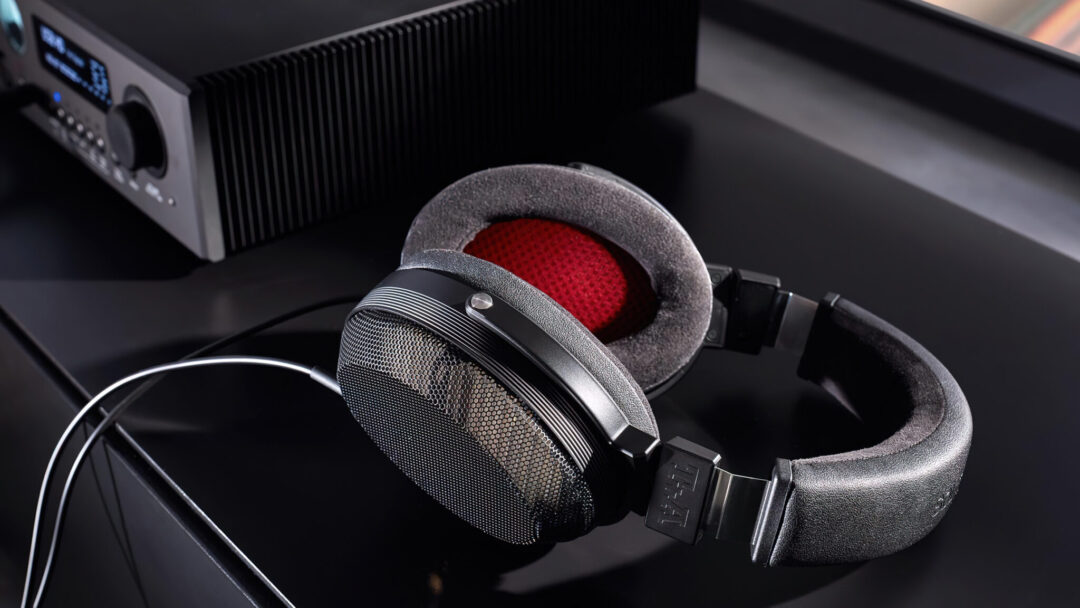Do you want Dream Sound with a capital D, while it wouldn’t occur to you to pay tens of thousands for a stereo system? How about a pair of high-end headphones instead?
Now I’m not talking about headphones for people on the go who want to block out the noise while they’re on the train solving Sudoku or checking Instagram or TikTok. But rather headphones for armchair use. Which you put on and then disappear into your own head. Surrounded by a huge soundscape where you can go into the sound and pick apart the building blocks, almost at atomic level.
The T+A Solitaire P-SE is a pair of open-back headphones that neither block out noise nor prevent others nearby from hearing your playlist. Because the music leaks out, too. But by allowing the diaphragms to wander freely in both directions, the dynamics and musicality are that much better. In combination with a good amplifier, of course.
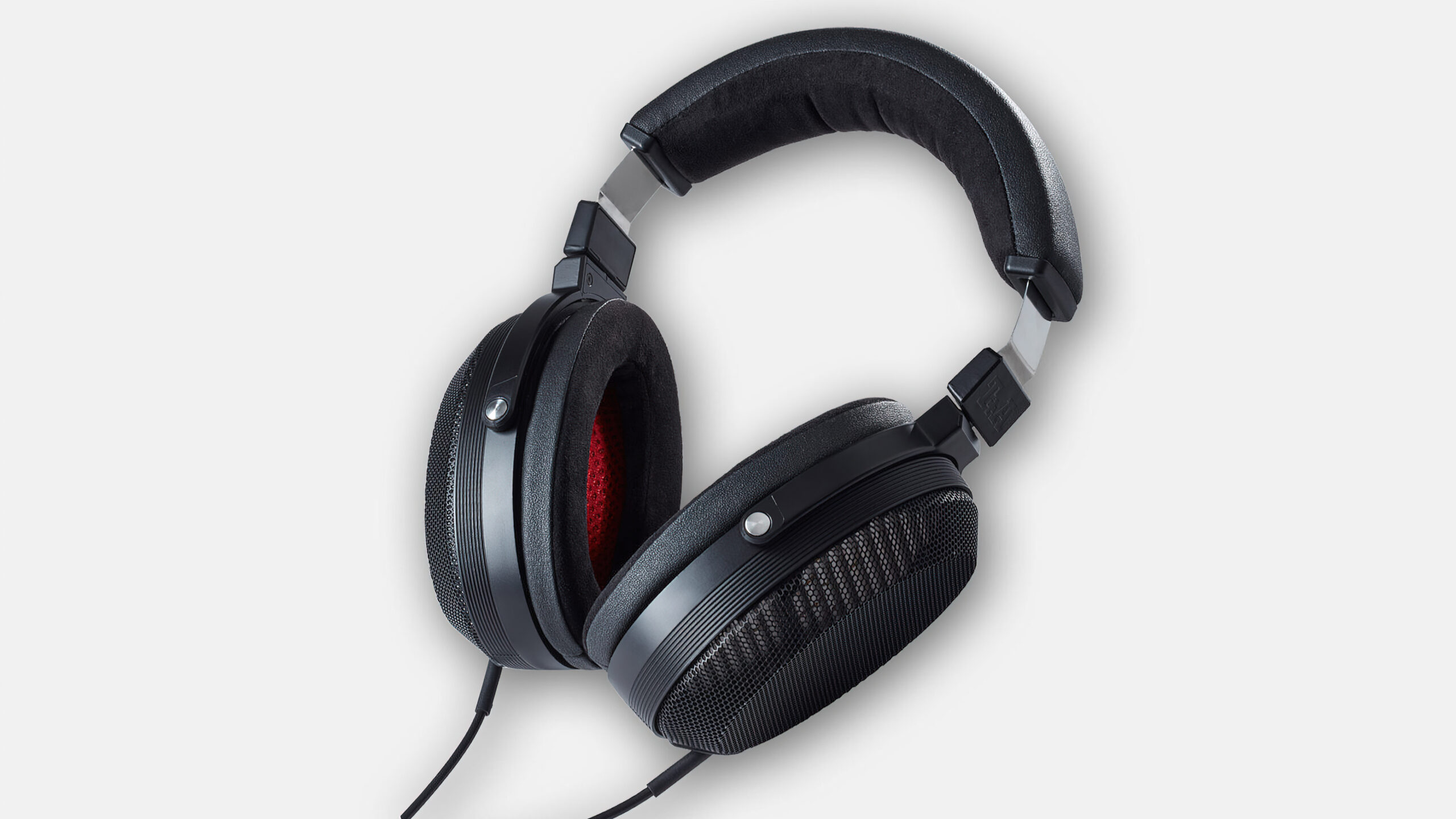
T+A = German high-end
Those who know T+A know that the German hi-fi manufacturer does not make cheap equipment. We’re talking high-end, like from the top shelf, and they’re particularly known for their exquisite Class D amplifiers and not least digital sources.
In 2020, they launched their first headphones, the Solitaire P. A pair of fabulous but expensive planar magnetics with proprietary drivers. With a sound like butter melting, it’s just to sit back and give yourself away to dreamland.
Knowing that’s a lot of money for most, they quickly decided to make a scaled-down model, the Solitaire P-SE. But they haven’t cut corners for that reason, and you wouldn’t expect them to at nearly €3000.
Simplified Solitaire P
Solitaire P-SE came almost a year after its big brother and is built over the same doctrine. But instead of using parts milled from large blocks of aluminium, the SE version uses synthetic materials. This keeps production costs down, not to mention reducing weight. The latter is especially nice considering that the original Solitaire P weighs 530 grams – without cable.
The drivers are also new. The TPM 2500, as they are called, is based on the Solitaire P’s more expensive TPM 3100 drivers. Among other things, it features a special magnetic design in which the magnetic field is very evenly distributed, keeping the number of magnetic components to a minimum. And thus both save weight and increase efficiency. The difference lies in a new diaphragm and filter design, which is somewhat simpler on the Solitaire P-SE.
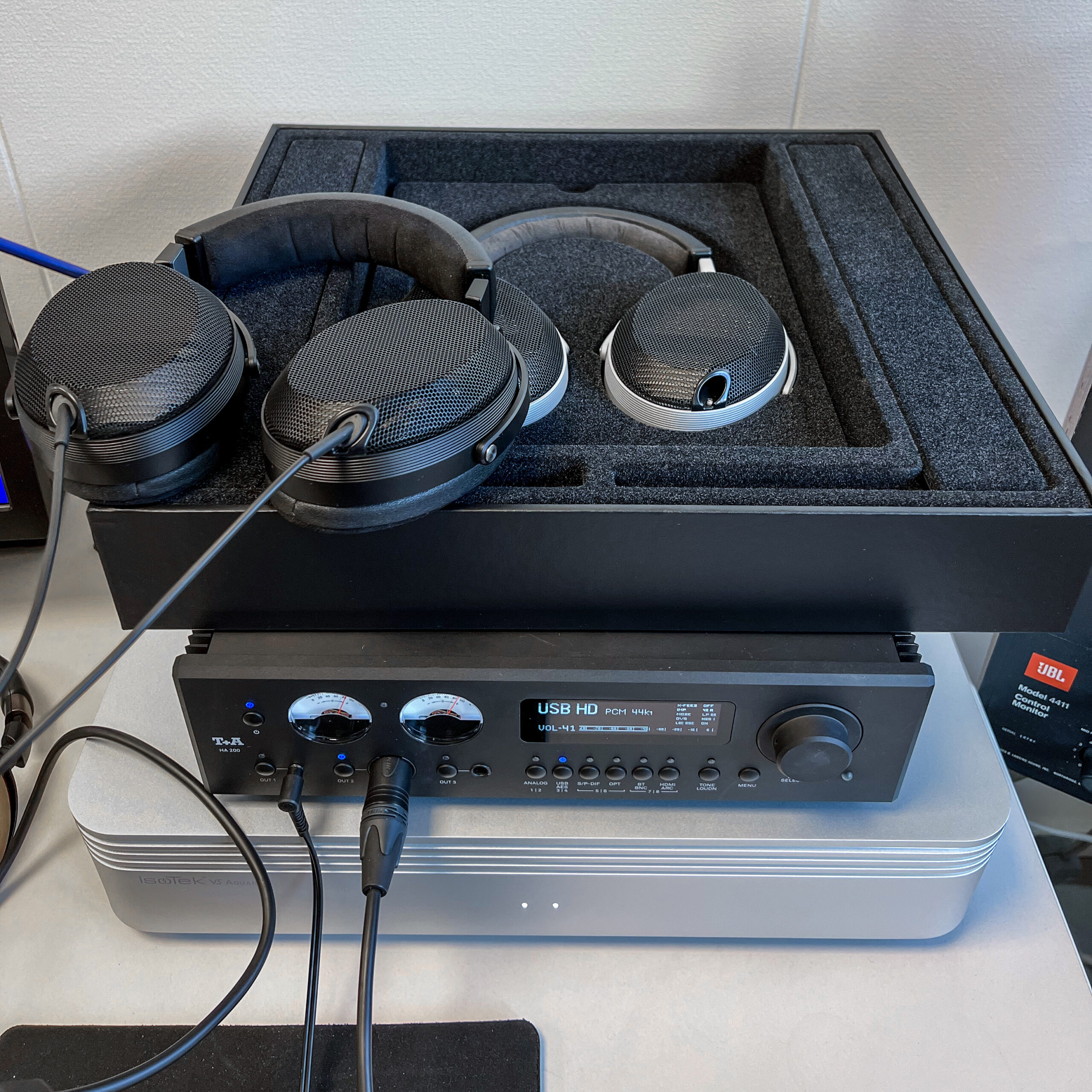
Fit
Each pair of headphones is handmade in Herford, Germany and looks stunning in black matte finish. With red sheeting on the inside of the ear cups.
Those used to wireless headphones might think 440 grams would be heavy to have on your head. But it really isn’t. On the contrary, the headphones feel light and never squeeze against the head. The journalist has a slightly small head, and here the Solitaire P-SE sits a little loosely. It is possible to bend the headband slightly for a firmer fit, but I didn’t dare to do that. But if I was going to headbang with them, I would have to do something.
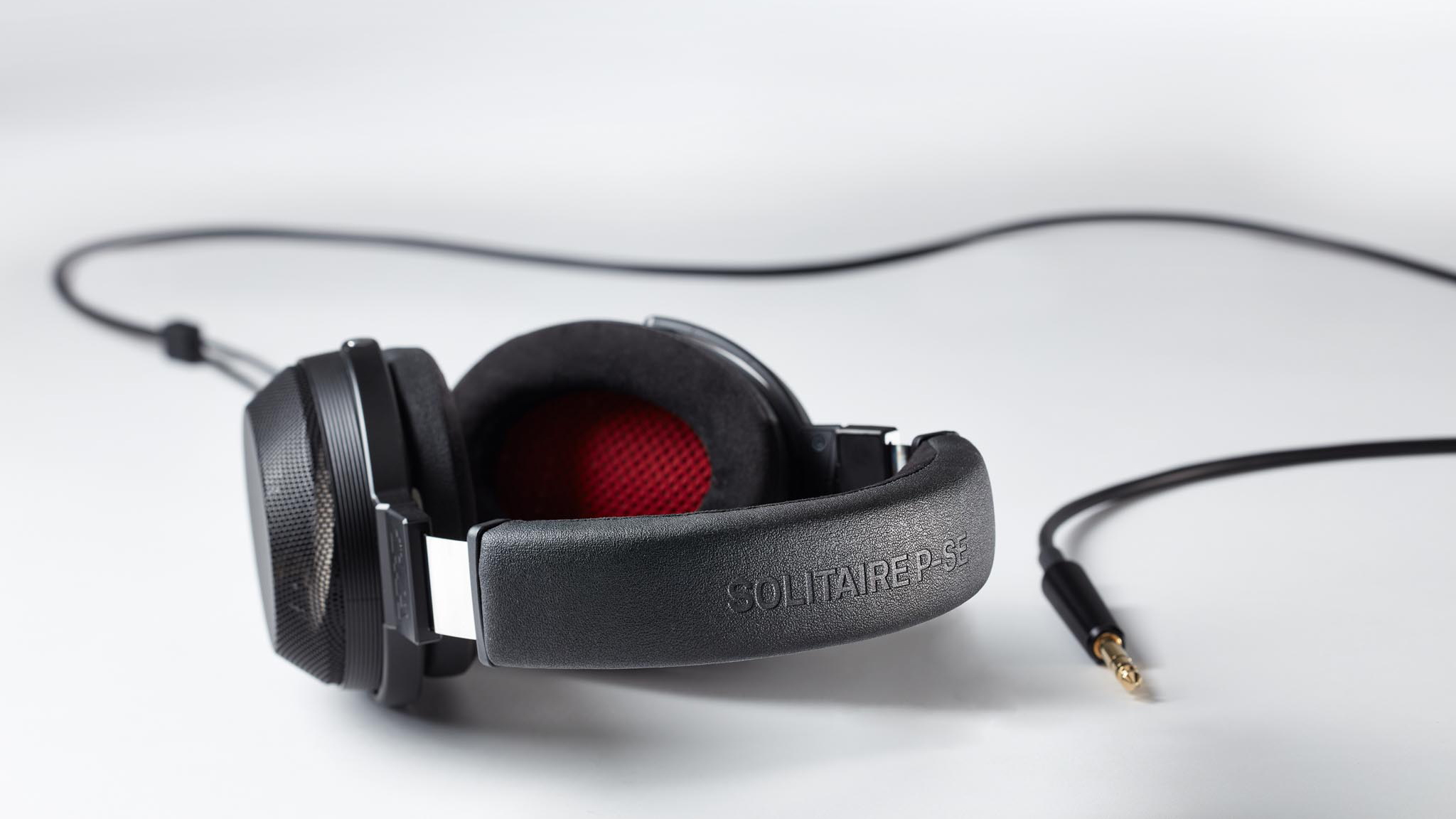
Balanced and unbalanced
Both an unbalanced 6.3 mm jack cable and a balanced 4-pin XLR are included, both 3 metres long. If you want the 4.4 mm Pentaconn as the balanced alternative, you should be able to choose that instead.
With a relatively light load of 45 ohms and a sensitivity of 101 dB, you can use the headphone output on a laptop or a mobile phone, but it will be a bit pale and you’ll get further with a more exclusive headphone output on a hi-fi amplifier. But even then you might find the maximum level comes a bit early, and bass control is clearly better with an external amp.
But if you’re going to save up for headphones and amp over two rounds, I wouldn’t hesitate to buy the headphones first.
In unbalanced mode with the Sennheiser HDV 820, the sound of the Solitaire P-SE can best be described as warm, but with a really good grip on transients and rhythm markings. They never slip, and the juicy bass is rock solid and does well whether symphony orchestra or electronic bass rhythms are on the menu.
The instruments hang in the air, in a very fine-meshed way. The cellos sound warm and delicious, and it’s nice to hear the undertones in the violins. The sound breathes, everything is in order.
With a balanced cable, the soundstage spreads outwards a bit more, because you don’t have that little crossover between left and right channels through common ground.
The Sennheiser amplifier is really good with the Solitaire P-SE, although perhaps not the most exuberant and infectious I’ve heard. They deserve something that can really punch, especially in the midrange.
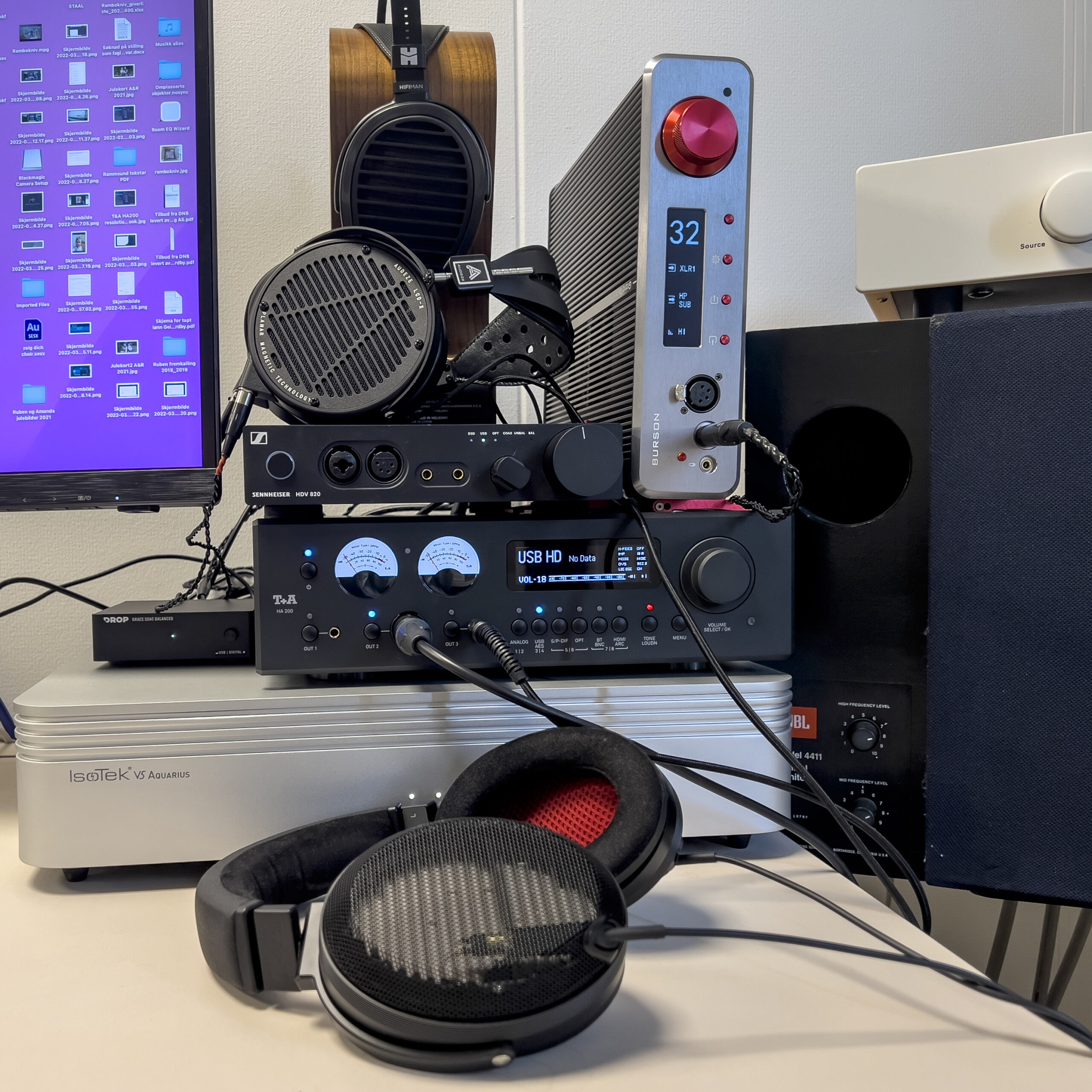
T+A HA 200
Entering the stage is the HA 200, also from T+A. A headphone amplifier with built-in DAC, for no less than 6500 euros. It has neither analog nor digital outputs for other components, making it a pure headphone affair. At this price, I’d like to be able to use it as a preamp. Fortunately, it’s a great combination with the Solitaire P-SE.
Among six possible filter settings, I think the Bezier 2 sounds the best. It’s not quite as firm in the rhythmics as the super-steep FIR filters, but the music flows nicely and elegantly.
The amp has a very honest playing style and lets the headphones set the sound signature. But the level of detail and dynamics is a cut above the Sennheiser amp, and there’s an X-factor here that’s hard to describe. It just flows.
Good stereo width
The soundstage is never cramped, but rather open and airy. At the same time, it’s not as gigantic as with the HiFiMAN HE-1000se or Sennheiser HD 800 S. This can be heard in classical music, for example, where the strings in particular are pulled less outwards and upwards. But I don’t think the T+A falls short when it comes to how clearly it manages to place the instruments in relation to each other. Here it’s easy to pick out the different components of the soundscape.
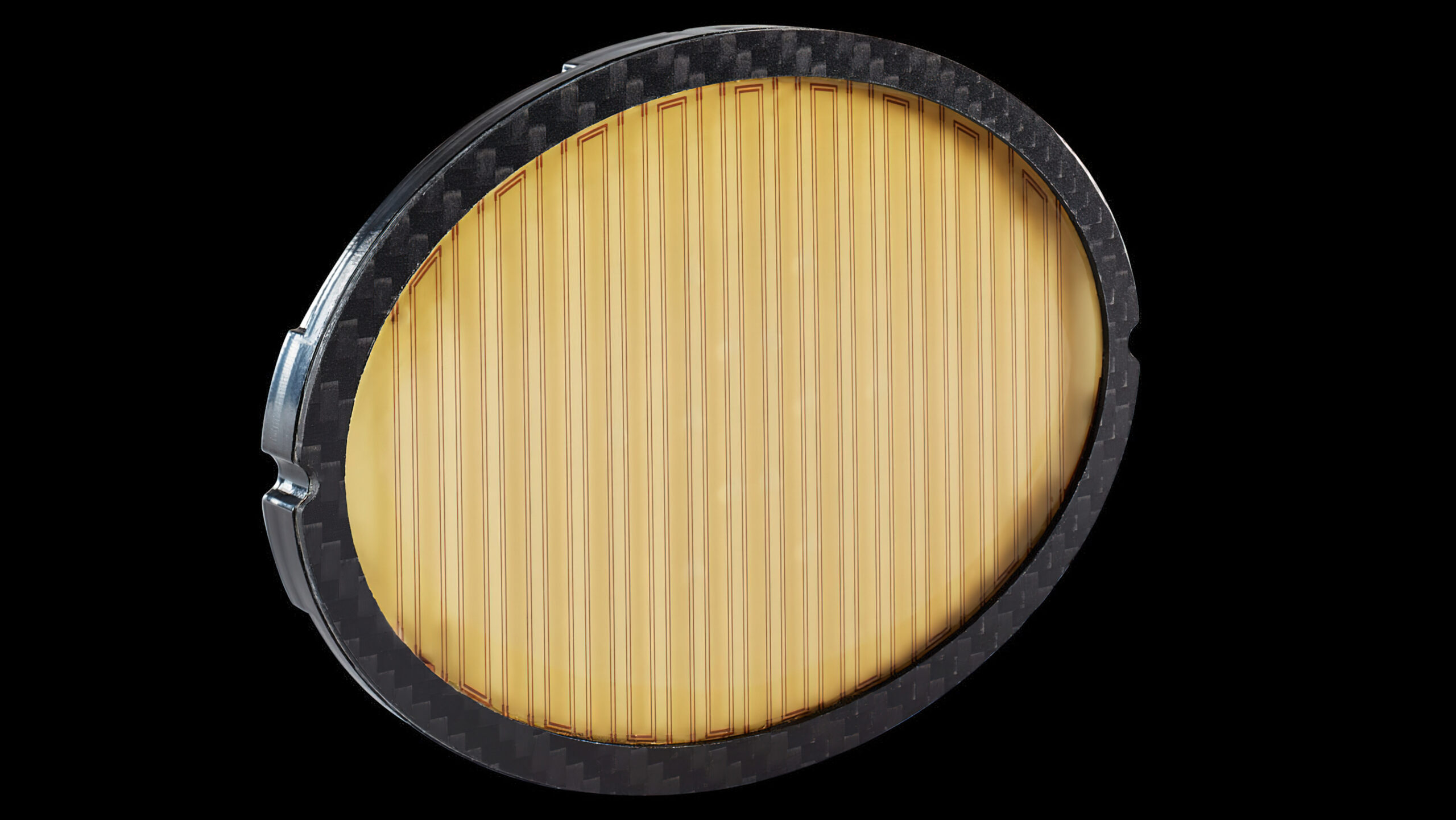
Addictive
I’m having a little more trouble than usual listening to different parts of the soundscape. That’s a good thing. Because it means that the wholeness is impeccable, so you’re instead gripped by the music, whether it’s Aurora singing over a strumming guitar on the quiet ballad “A Dangerous Thing” or Dagny bidding you dance with the electronic gem “Somebody.”
German hi-fi demands German rock, and what could be better than Rammstein’s latest track “Zeit”? Here you get a big soundscape with Till Lindemann’s big voice clearly in the middle and the fierce guitars spreading like a wall from side to side – right through your head! The electric piano sounds great, the drums beat hard and brutal. It’s glorious!
Competitors
Compared to the aforementioned HiFiMAN HE-1000se, the Solitaire P-SE is somewhat quieter at the top and doesn’t have the same energy in the overtones. The HE-1000se is thus experienced as even more airy.
At the same time, T+A’s headphones don’t have the same thunderous thump in the bass as the cheaper Audeze-X. Where I expect that the top model LCD-5, which is in line for testing, does not hold back either. The T+A are more restrained and somehow settle between the two tonally. Just without the resounding deep bass of either.
But the headphones from T+A have other qualities that I’m in love with. Such as the glowing midrange and overall ability to play music like few others. Talking about musicality might seem a bit cliché, but at the same time it’s hard to describe it any other way. Because they just sound awesome.
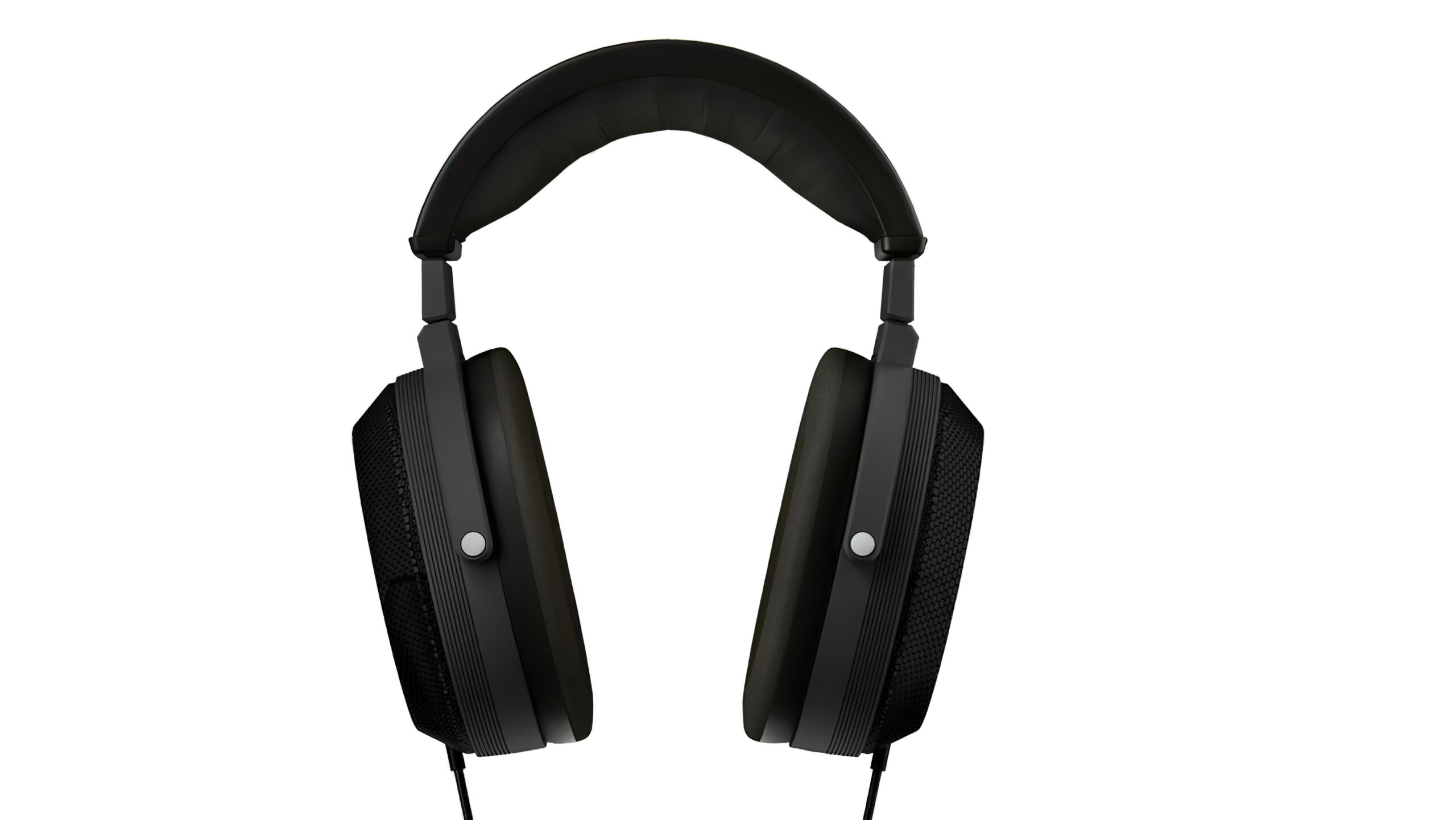
Conclusion
The T+A Solitaire P-SE is a very well-made set of high-end headphones for home use. Best suited for situations where you can be alone and immerse yourself in the music. Whether it’s with a streaming service, CDs or vinyl collection. And in a quiet environment, because they’re open and don’t shut anything out.
Solitaire P-SE is an addictive pair of headphones with warm and delicious sound and superb tonal bass reproduction. The balance is so good, and with fantastic control of the dynamics, that it’s just giving yourself over to the music.
The amplifier has to be good, but doesn’t necessarily have to be particularly powerful. It should preferably have XLR output, then you get an even wider sound image.
If you’re used to HiFiMAN, you might miss some energy right at the top, and if you’re an Audeze fan, you’ll probably want even more powerful bass. But T+A has created a wonderfully balanced soundstage, and the magic is a fact.

We think
Fantastic timing and commitment, wonderfully balanced sound. Musical with a capital M! A little restrained in the upper midrange, probably on purpose.
2900 €
Specifications
- Type: Open, over-ear
- Principle: Planmagnetic
- Foldable: No
- Cable: 6.3 mm unbalanced, XLR balanced (3 m)
- Drivers: 110 x 80 mm
- Impedance and sensitivity: 45 ohms / 101 dB/mW
- Weight: 440 g (without cable)
- Colour: Black
- Web: ta-hifi.de/en/
